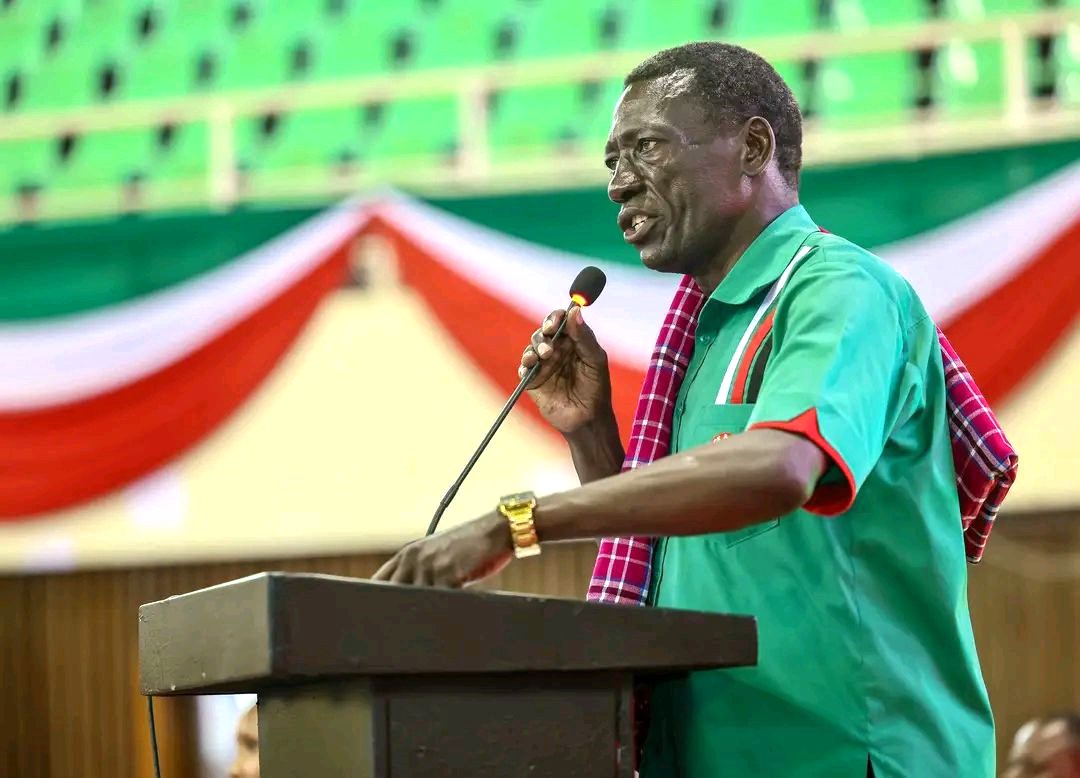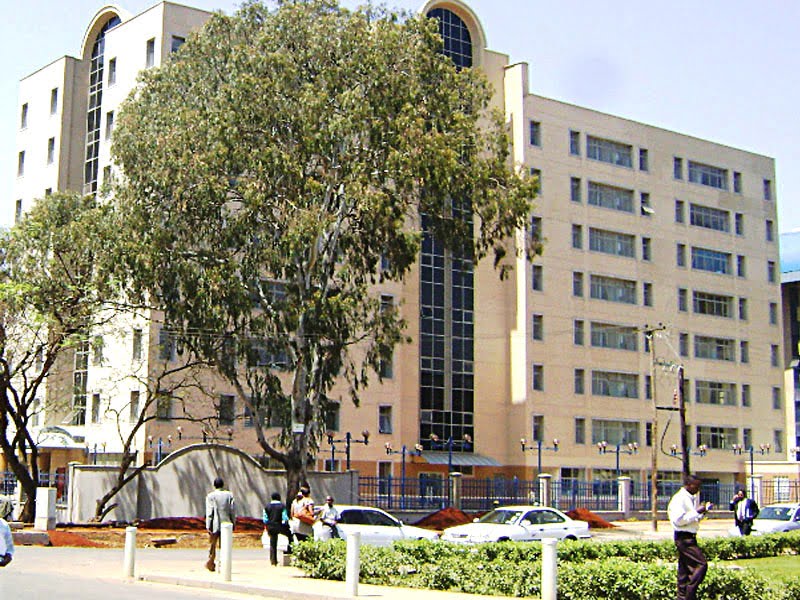By Victor Ochieng’
vochieng.90@gmail.com.
Poetic patterns or devices – also known as mnemonic devices – are oral aspects in poetry. This information is useful for the sake of preparation for poetry tested in English Paper One, question three section – an ambit in Oral Skills. In this tantalising treatise, I will write right about rhyme, alliteration, consonance, assonance, sibilance, onomatopoeia, ideophone and parallelism.
Muchiri Mukunga, Charles Gecaga, Henry Indagasi and Phillis Mwangi; in their detailed book titled the Joy of Poetry published by the Kenya Literature Bureau (KLB), posit that through sound patterns, poets make music with words welded well. Right at the onset, it is important to note that repetition – refrain and linking – is not classified as a sound device or pattern in poetry. In relation to exam, students should be able to study a poem, identify the sound pattern employed, be able to illustrate – and if possible – the effectiveness, which carefully captures: enhancement of rhythm, musicality and memorability. They make the poem enjoyable and interesting. They intensify meaning and create the intended mood.
- Rhyme
According to Malimo J. Shabaya and James N. Kanuri, in their good book titled Demystifying Poetry, rhyme refers to the repetition of similar or identical sounds from word to word or line to line. Also, according to Mungai J.M in his well-worded book titled Poetry Simplified, rhyme refers to the placing of similar sounding, or the similarity of sounds from the last stressed syllable in otherwise different words.
Ideally, there are three types of rhyme: the first one is end-rhyme, this is when words that rhyme are placed at the end of different lines in a poem. The second one is internal rhyme, which occurs when words that rhyme are placed within a line rather than at the end of lines. The third one is slant or half rhyme, which basically is seen when words sound similar, but not exactly as in words like ‘prove’ and ‘love’. As well as ‘moan’ and ‘groan’.
We use the rhyme scheme to point out end-rhyme in a poem. Rhyme scheme is a pattern of end-rhymes in a poem expressed by labeling each sound with a small letter of the alphabet, starting with letter ‘a’. Lines or verses with the same end-rhymes, are given the same letters, the first rhyme (sound) the letter ‘a’, and the second rhyme letter ‘b’, and so on and so forth. Over and above, the rhyme scheme can either be regular or irregular. Regular means the pattern is predictable, but irregular means the pattern is unpredictable. In an exam situation, testing the description of the rhyme scheme, the student should be in a position to derive the rhyme scheme, state whether it is predictable or unpredictable and of course, support the claim. Consider this particular piece.
On the Night Before His Execution
My prime of youth is but a frost care a
My feast of joy is but a dish of pain b
My crop of corn is but a field of tare a
And all my good is but a vain hope of gain b
In this poem, the rhyme scheme is abab. The rhyme scheme is regular because we can predict the pattern. Also, in a poem, we can have a pair of rhyming words. We represent the pair in a horizontal manner as in care-tare or pain-gain. When writing rhyming pair of words, students are not allowed to use the preposition ‘and’.
- Alliteration
Alliteration is the repetition of identical consonant sounds at the beginning of words in a line. It is a predominant feature in short-forms called tongue twisters, as well as our subject of exploration – poetry. For instance: Dignity shall be dressed in decorum /d/.
- Consonance
It is also the repetition of consonant sounds. However, unlike alliteration where the repetition is at the onset or beginning, consonance focuses on the repetition of consonant sounds at the terminal parts of words in a line or verse. For instance, as seen in Belt and bolt could halt /t/.
- Assonance
Assonance focuses on the repetition of vowel sounds in different words that are close together in a line of a poem. For instance: She pricked the tip of my finger /i/.
- Sibilance
In poetry, sibilance is the repetition of the hissing sounds. As we can see in Susan and Stacy sang a song on Saturday /s/.
- Onomatopoeia
Onomatopoeia is the use of sound effects in words that emphasise meaning. They are English words that describe sounds. They are not the original sounds, but description of sounds made. For example: jabbering of monkeys.
- Ideophone
They are non-English words that describe original sounds made. For example: the dogs barked guu guu.
- Parallelism
Parallelism is used to reinforce an idea, a set of ideas, or emotions. It creates rhythmic effect, which in turn produces a musical effect hence contributing to rhythm. In addition, parallelism may be used to create unity and balance in a poem. Consider this portion from the Bible – Matthew 5:7-9.
Sermon on the Mount
Blessed are the merciful
For they shall obtain mercy
Blessed are the pure in heart
For they shall see God
Blessed are the peacemakers
For they shall be called sons of God
All the three verses begin the same way. That is: “Blessed are …” All the three verses comprise two parts (clauses). This is the use of the same grammatical structure to express ideas, which may involve repetition of words or phrases, is known as parallelism. This feature is akin to antiphony or call-and-response structure in songs.
The writer is the author of Nuts and Bolts of Secondary Poetry.






